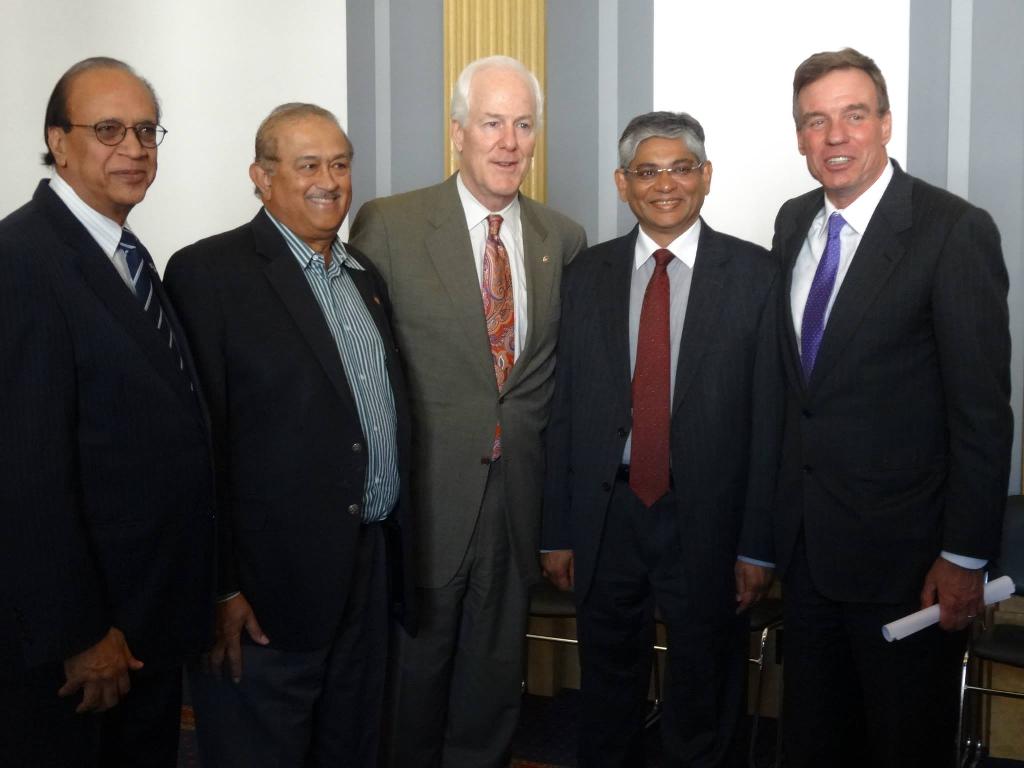December 4, 2015
Chennai: The catastrophic flooding in Chennai has raised several questions over its urban planning and role of the state government towards implementing policies to prevent unplanned constructions and preserving the wetlands.

December 4, 2015
Chennai: The catastrophic flooding in Chennai has raised several questions over its urban planning and role of the state government towards implementing policies to prevent unplanned constructions and preserving the wetlands.

Many urban development experts feel that illegal structures over the years and poor urban planning are among the key reasons behind the havoc, which has till now claimed more than 269 lives and left thousands homeless. Total loss of cattle reported so far is 2,766.
Though Prime Minister Narendra Modi toured the flood-hit state and the Centre sanctioned more than Rs 1,900 crore to Tamil Nadu as a part of central assistance for relief and rescue mission, but there are still a lot of thought provoking questions on why one of India’s major IT city is finding it difficult to deal with the crisis.
Defending allegations over poor urban planning and callous administration, the state government claimed that it is capable of tackling the situation but thousands of pictures and videos from various marooned areas revealed the actual state of Tamil Nadu.
A per the government's report, nearly 1.5 lakh illegal structures came out around Chennai, which led to the disappearance of more than 300 water bodies. The matter was raised several times but the government failed to take any punitive measures. Such rampant and illegal construction also led to improper drainage system in the city.
Not the least, due to the heaviest rain recorded in almost 100 years, the authorities were left with no other options but to release a massive 30,000 cusecs from the Chembarambakkam reservoir into the Adyar River over two days, causing it to flood its banks and submerge neighbourhoods on both sides.
Since, the Adiyar stream is not deep or wide and its banks were encroached upon, a devastating gush of water poured in to the city and its adjoining areas. Similarly water released from Poondi and Puzhal reservoirs flooded the Cooum River that flows through city. Other waterways too burst their banks and made lives of people miserable.
The drainage system was found non functional and several sub drainage links-channels became chocked due to rampant dumping of garbage. It has also come to the limelight that the administration’s failed to ensure timely desilting of drainage system with a fact that there is no storm water drain network in suburbs like Tambaram, Sriperambudur and Ambattur. The city has 882 km of storm water drains but unfortunately no storm water drain in suburbs.
In 2009, the state government has spent nearly Rs 1,447.9 crore on interconnecting storm water drains and ensuring lake overflows go into the three main rivers. Similarly, in 2015, the government has spent Rs 4500 crore on integrated storm water drain project funded by World Bank to lay network of storm water drains in suburban Chennai. However, the ground realty is no one knows where all the money has gone.
Over the years of importance of wetlands were ignored and this is the reason, areas like Mudichur and Velachery were among worst affected because both the places were developed on wetlands on river basins.
Vast swathes pf the southern metropolitan city of Chennai are reeling under heavy flooding following incessant rains over the last three weeks that have caused all rivers and lakes in the region to overflow. Flooded rail tracks and airport runway have halted train and flight services. While thousands of citizens remain stranded on rooftops, a large portion of a major arterial road has caved in due to flooding. With school and colleges remaining closed for the second consecutive day and the Met department predicting heavy showers in the region in the next few days, Indian Army personnel have been pressed to service for rescue and relief operations. Incidentally, the floods come at a time when world leaders are busy chalking out the details of countering the effects of global warming in Paris at the 2015 Climate Change Conference.
Velachery, a residential area and next to Pallikaranai marshland, flooded because of concretisation of wetland. This is the area, which gets flooded almost every year but this year it faced a massive havoc due to heavy downpour.
Preserving wetlands are important as they help reduce the impact of storm damage and flooding, but these are fast shrinking in the state.
Nearly 5,5500 hectares of swamp has been converted to IT corridor and only 10% of wetland remains. Almost 90% of the marshland was given to IT companies, allotted for residential purposes, garbage dump, sewage treatment plant, parks and for other concrete establishments.
Many feel that the disaster was waiting to happen and refused to buy excuses that the devastation happened due to heavy downpour, which broke its 100 years of record. Residents claimed that if the state government had acted earlier to preserve the wetlands and on maintaining the drainage system, the extent of damage could have been less as it stands today.
On Thursday, Rs 1,000 crore (additional) interim relief was announced by the PM against Rs 8,481 crore sought by the Chief Minister J Jayalalithaa. This was in addition to Rs 940 crore which was released earlier by the Centre. The Assocham pegged the industrial loss to Rs 15,000 crore (approx).
More than 1.64 lakh rain affected people took shelters at 469 relief camps and 4.3 lakh food packets were distributed among the victims. Nearly, 44,000 people were evacuated to safe place. More than 900 Army jawans, 1,000 NDRF personnel with 110 boats, rescued over 9,000 people and on a war footing rescue and relief operations. The Indian Navy and Coast Guards also played a stellar role.
The Indian Air Force (IAF) in its rescue operations has established an air bridge from Meenambakkam to Arakonnam and another between Arakonnam to Tambaram Air Base, which is nearly 30 kilometers away from Chennai.
Air Marshal SRK Nair, Air Officer Commanding-in-Chief (Training Command), said, “About 120 rescued people were flown to Delhi in a C-130J (Super Hercules) on Thursday, while another 100 were rescued from Meenambakam Airport area. We have deployed all necessary assets and the only bottleneck in our efforts is the weather."
Courtesy: The Hindu
















































































































